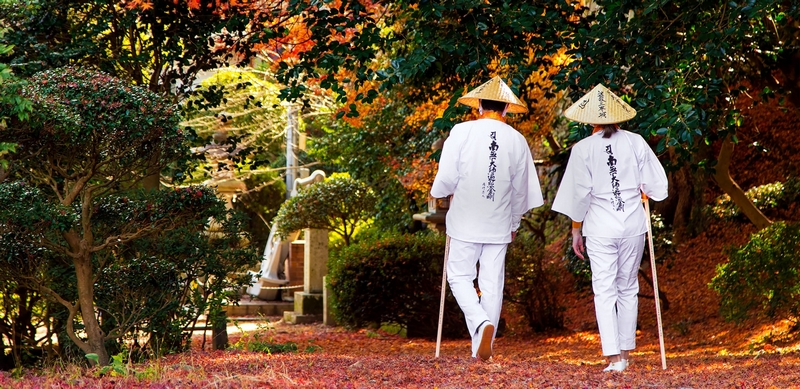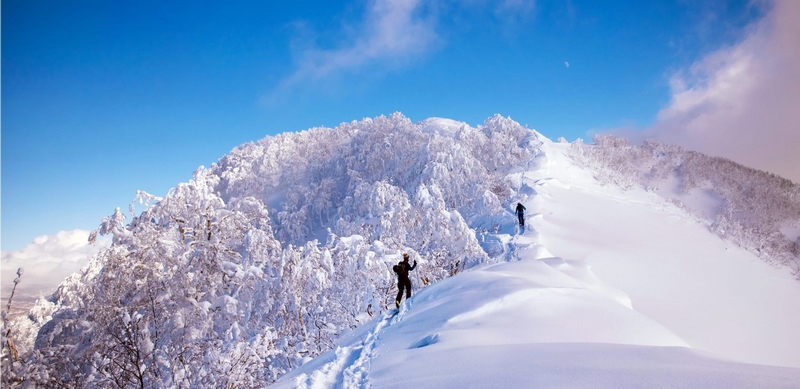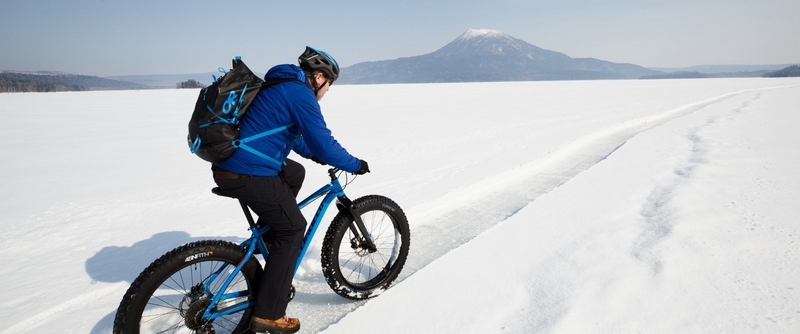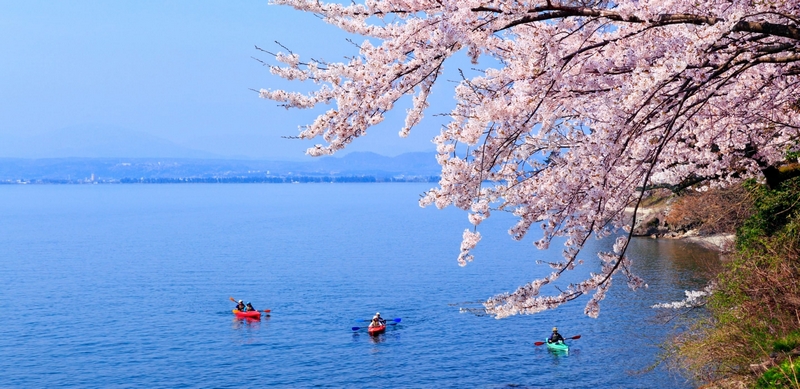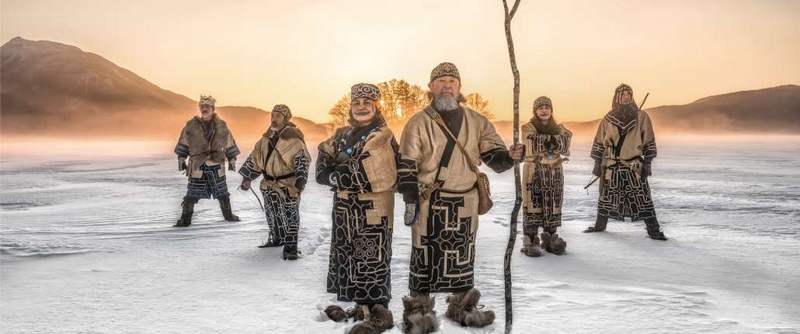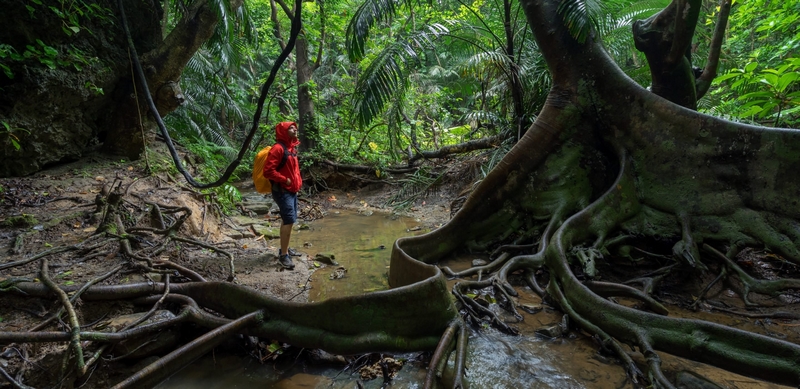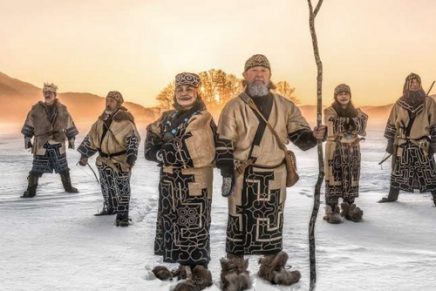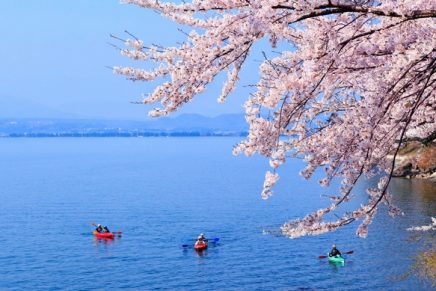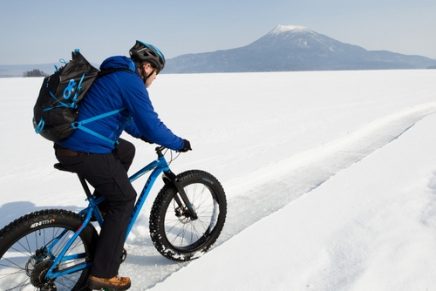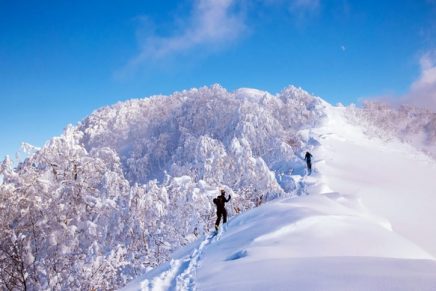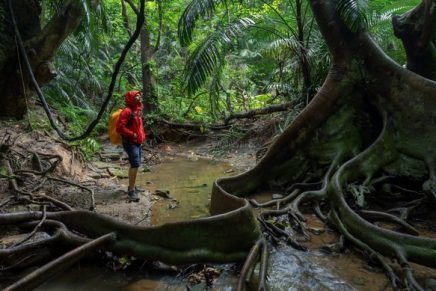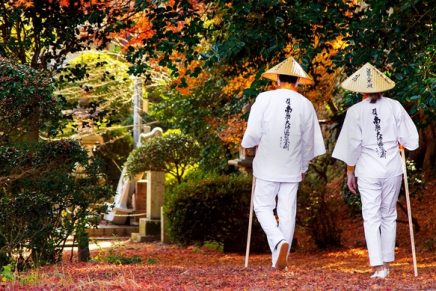This year, Hokkaido, Japan’s northernmost prefecture, hosted the world’s leading conference on adventure travel, in conjunction with Japan National Tourism Organization JNTO. The Adventure Travel World Summit (ATWS) is an annual industry gathering organized by the US-based Adventure Travel Trade Association (ATTA), the largest global network of adventure travel leaders. This year’s conference was a virtual event, and Hokkaido looks forward to being the host destination again for what is hoped will be a physical ATWS conference in 2023.
ATTA defines adventure tourism as vacationing incorporating three main components: physical activity, a connection to nature and the environment, and an immersive cultural experience. JNTO is promoting Japan as an adventure travel destination, and has participated in the Adventure Travel World Summit since 2019 to showcase the country’s attractions. Last year it launched the special JAPAN ADVENTURE website aimed at international adventure travelers.
The 2021 ATWS was hosted under the theme of “kyosei” meaning ‘symbiosis,’ or two elements living in harmony and mutually benefitting one another. Hokkaido is home to the indigenous Ainu people, who embrace kyosei by conserving their homeland and respecting nature and all living species. ATWS attendees learned how adventure travel will help visitors to Japan appreciate the balance embodied by kyosei.
Many imagine modern skyscrapers and bustling cities when they think of Japan. It is actually a land of nature with a huge expanse of forests and mountains. Forests in fact cover two-thirds of Japan, an area that surprisingly has hardly changed in size over the past 50 years.
Japan is blessed with rich nature and each region has its own diverse charm.
Comprising more than 6,800 islands, the Japanese archipelago stretches for 3,000 km from southwest to northeast. Four distinctive seasons add extra flavor and dynamism to each region. The country also has 34 national parks, seven of which include areas designated as UNESCO World Heritage sites.
Japan’s natural environment allows visitors to enjoy diverse experiences, including hiking, rafting and canoeing as well as diving, mountain biking and winter sports.
Those visiting the countryside can also experience the local culture and lifestyles of each region, choosing from a variety of accommodation options ranging from traditional inns with hot springs to luxury hotels. Japan is an ideal destination for adventurous travelers curious to try out new destinations and activities as well as for those who want to interact with nature and experience different cultures in a respectful way.
Hokkaido is one of the archipelago’s four largest islands (similar in size to Austria) and the least populous. Surrounded by oceans, it features magnificent mountain ranges, extensive wetlands and beautiful lakes as well as marshes, rivers and forests. Hokkaido contains six national parks, including Shiretoko National Park, part of a UNESCO World Heritage site known for its unique marine and terrestrial ecosystems. Its expansive farmland means Hokkaido is often referred to as ‘the breadbasket of Japan’. It is geologically active, containing a number of volcanoes and a vast array of hot springs.
Hokkaido boasts four distinct seasons, including a cool, refreshing summer with low humidity – ideal for hiking, cycling or kayaking – and a cold, dry winter with considerable snowfalls – a fresh powder mecca for skiers and snowboarders. Each season and region within Hokkaido offers adventure travelers a wide range of destinations promising memorable experiences. JNTO introduces recommended routes in Hokkaido during summer and winter.

